1. Process and Output
Essense worked with Schiphol Group Marketing team between July 2016 and January 2017 to develop a customer experience vision for all commercial touch-points of the entire passenger journey across digital and physical channels (omni-channel).
1.1 Framing: building on existing insights
An existing basic ‘passenger journey’ analysis (with emotion curve) was used as starting point for this project. This only covered the customer’s current emotional experience and therefore triggered the need for identifying new service scenarios as it lacked actionable insights for identifying new commercial opportunities.
To achieve this, Schiphol Group hired Essense for defining a clear vision for commercial service scenarios based on customer insights in the context of the entire customer journey. We proposed to frame the full journey context, identifying commercial opportunities and defining relevant commercial scenarios, enhanced with a visual and tangible vision on the desired customer experience across all touch-points.


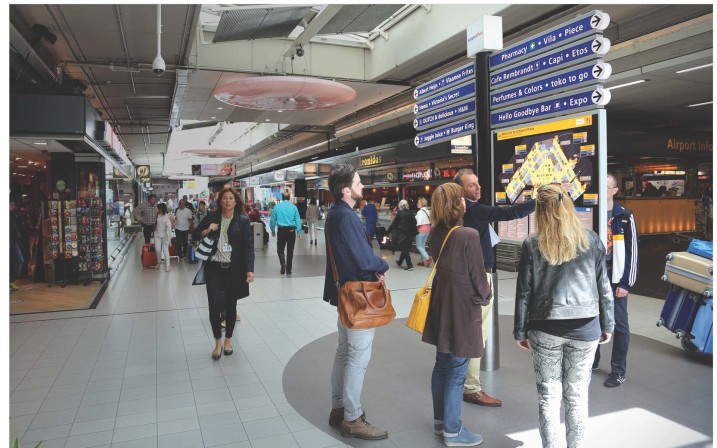
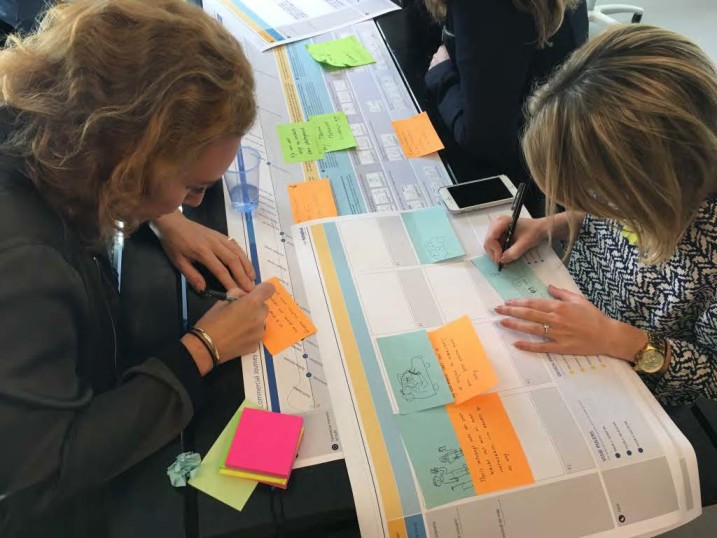
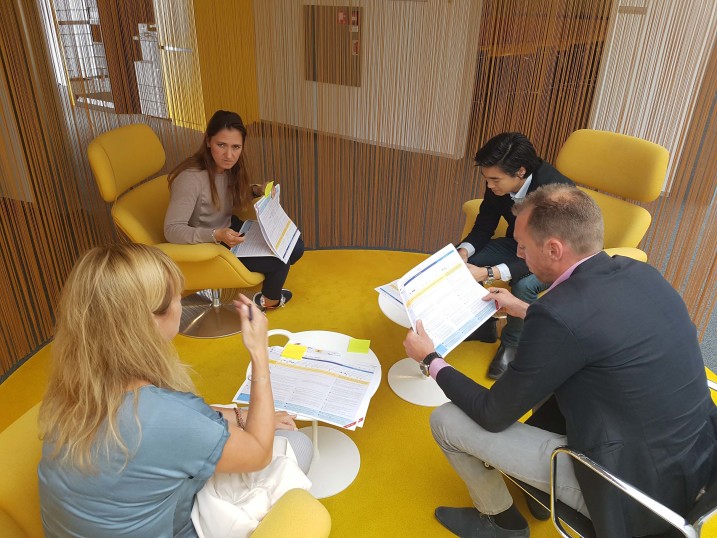
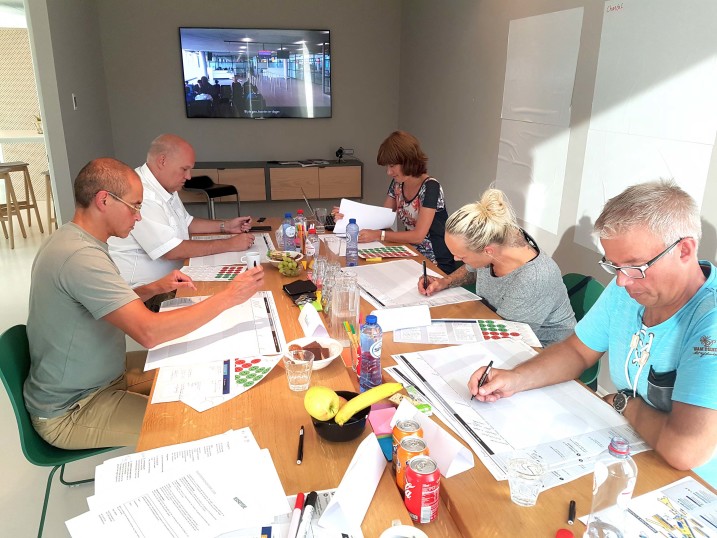
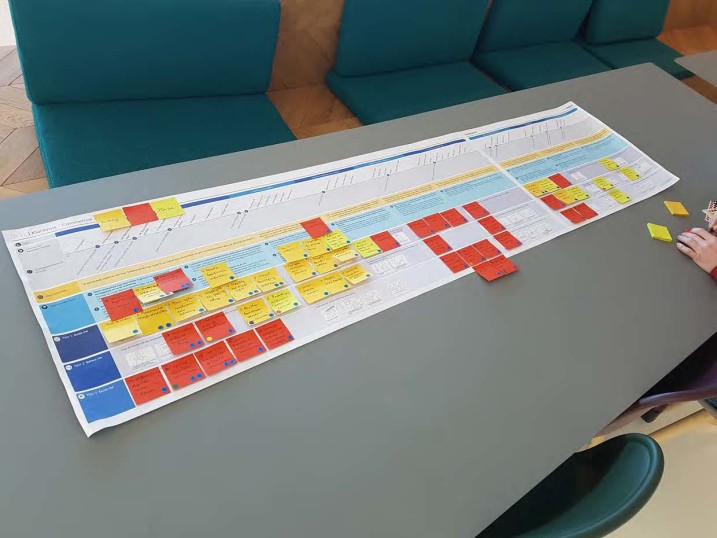
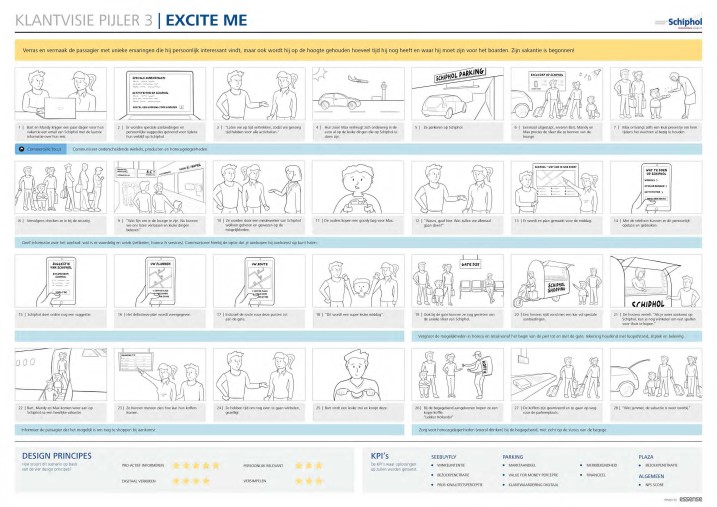
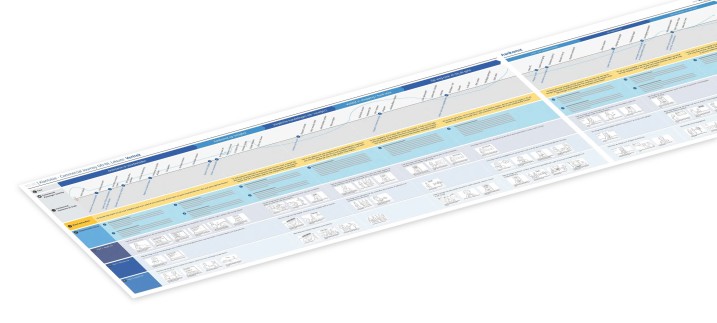

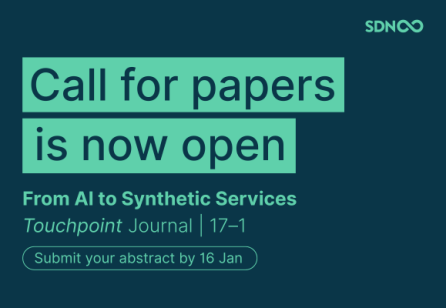



Share your thoughts
0 RepliesPlease login to comment